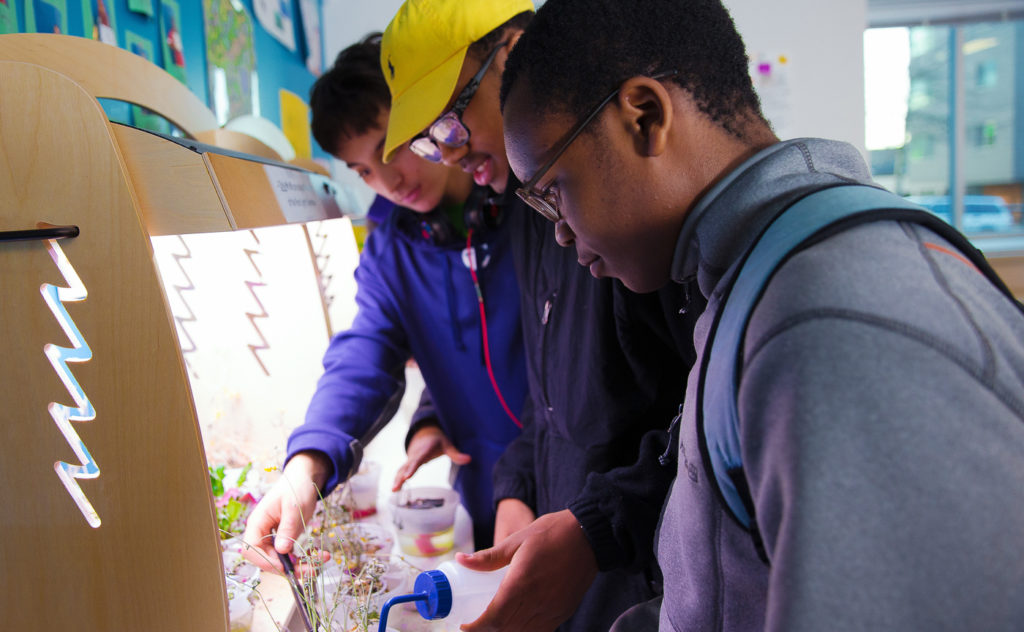The pandemic prompted major shifts in public school enrollment and models for learning in the Pacific Northwest and across the nation. After three years, our study of these effects on Washington state’s charter schools has generated a number of important findings, which we invite you to explore now that our project has ended.
We sought to answer two questions:
- Was there a continued demand for Washington charter schools?
- Who was choosing to send their children to charter schools and why?
The following summaries highlight what we examined and what we learned.
Charter school enrollment
We compared public and charter school enrollment during the pandemic. Charter enrollment jumped 35% in 2020, while statewide enrollment dropped 3%. The number of students with disabilities and students learning English grew in charter schools, while public schools saw enrollment declines among both of these groups of students. However, charter school enrollment growth started to slow in 2022. While charter schools’ enrollment growth outpaced their corresponding districts in the first year of the pandemic, it slowed to less than that of their corresponding districts in 2021–22.
We assessed the implications of these findings for charters in Washington and elsewhere. Washington’s charter schools reduced offerings during the pandemic, but they gained flexibility due to at-home learning. We recommended four ways that charter schools could capitalize on pandemic-era opportunities for innovation, which could in turn help to recruit and retain new families.
Charter school parents
The debates surrounding charter schools in Washington often overlooked the desires and needs of parents of enrolled students. To begin to remedy this, we asked parents how they selected their student’s charter school and how they perceived their school. Most parents were very satisfied with their child’s charter school. Many had sought out charter schools after difficult experiences in traditional public schools, and they valued that charter schools offered more one-on-one attention and more supportive environments. They also suggested four ways that charter schools could improve their services or operations

Students with disabilities
The number of students with disabilities enrolled in Washington state charter schools jumped by 14% in fall 2020. To learn more about how charter schools were serving students with disabilities during the pandemic, we interviewed leaders, teachers, staff, and families at three charter schools. These interviews revealed six practices that helped students with disabilities stay on track during the pandemic. These schools demonstrated that students with disabilities can achieve at high levels with the right support.
One charter network
We specifically explored the thoughts and attitudes of parents at Summit Public Schools, a popular charter network with three schools in Washington. Families highlighted three areas in which their network shined during the pandemic’s most disruptive spells. In particular, Summit’s approaches to navigating new technology and to meeting students’ social needs may hold lessons for other schools.
We encourage you to share these findings with others in the charter-school community. You can also ping us directly with your feedback and ideas at crpe@asu.edu.



